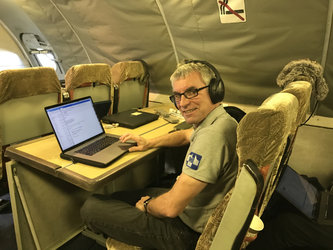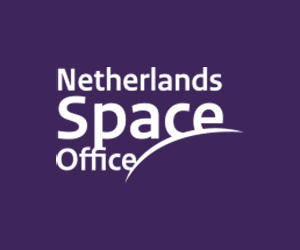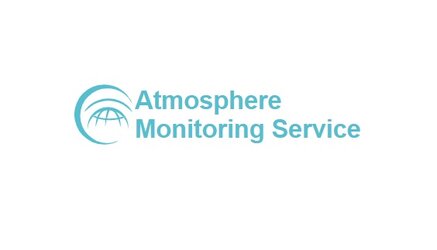Bill Simpson: Satellite and Launcher Manager
Bill Simpson has been responsible for overseeing the assembly, integration and verification of the Sentinel-5P satellite and its subsystems. He is currently at Russia’s Plesetsk launch site managing the campaign to prepare the satellite for liftoff.

Bill Simpson, a British national, joined ESA’s European Space Research and Technology Centre, ESTEC, in the Netherlands in 2007.
He previously worked in the aerospace industry in the UK, first in Portsmouth as a systems engineer on military payloads, then in Stevenage as a senior engineer for communications satellites and then in Bristol where he was involved in science programmes, which culminated in him being a key member of the Envisat team. He then moved to ESA as a contractor to work on the CryoSat mission before joining the Agency and his role in the Sentinel-5P Project.
ESA: What does your role entail?
Bill Simpson
As the satellite and launcher manager I have been responsible for the procurement of the satellite platform elements. The instrument is procured separately. This means that going back to when the initial invitations to tender were released, I have been responsible for the review process, subcontractor selection and subsequent procurement of all the units/ subsystems that are required to make up the satellite. Once all the various units/subsystems have been procured, my role was to oversee the prime contractor, in this case Airbus Defence and Space UK, while they integrate and test the platform. Once the instrument was available my responsibility was to ensure that the instrument was integrated onto the platform and then the overall satellite system and environmental testing, which for Sentinal-5P was at Intespace in Toulouse, France. In addition to this I coordinated all the satellite reviews.
In my other role as launch campaign manager, this starts with the bid process to select the launcher. Once Rockot was selected, my role was to coordinate all the interface document production, reviews and analysis required to ensure that the launcher could meet the requirements of the mission. This also involves some testing of the satellite with the launcher adaptor system at Intespace to ensure the satellite can withstand the hostile environment it experiences during launch. Finally, my role is then to run the launch campaign to prepare the satellite for liftoff here in Plesetsk in northern Russia.
Bill Simpson
Technically, the most challenging part of the mission has been understanding and characterising the performance of the instrument. However, overall the biggest challenge has been minimising the impact of the delay of the launcher in terms of schedule and cost.
ESA: Is there anything that makes the mission unique?
Bill Simpson
The resolution of Sentinel-5P’s Tropomi instrument allows air pollution to be measured much more accurately than before, hopefully allowing for measures to be put in place that will reduce health issues owing to pollution. Also, instead of developing a dedicated satellite platform for the mission we used an existing platform, an Airbus AS250, which has proved to be a very successful approach.
ESA: What happened once the satellite arrived in Plesetsk?
Bill Simpson
Once the satellite got to Plesetsk it underwent a period of testing to ensure the satellite had survived the long journey to the launch site. The testing phase involves running a repeat of tests already performed before to ensure there has been no change. The launch preparation phase starts with the fuelling of the satellite and then slowly removing some protective items, red tag items, before starting what is called combined operations. During combined operations, so called because these activities are performed in combination with the launcher, the satellite is mounted onto the launch adaptor, then onto the Breeze upper stage before finally being encapsulated in the fairing. This is always the emotional part as it is the last time the satellite is seen.
During these activities electrical checks are carried out to ensure the battery can be charged and to check the health of the satellite. This assembly, then called the ascent unit, is transferred by rail to the launch pad where it is lifted by crane onto the booster stage, which is already there ready and waiting. A rehearsal is also carried out with ESA’s European Space Operations Centre in Darmstadt, Germany, who will take control of the satellite once we have launched it.
ESA: Does your responsibility end once the satellite is in orbit?
Bill Simpson
No, once the satellite is launched and we have to finalise the launch campaign so I am responsible for certain ‘closing up’ activities. I then support the commissioning activities leading up to the In Orbit Commissioning Review, which is six months after launch. After this the mission starts to serve Europe’s Copernicus environmental monitoring programme.
Editor's note:
This is one in a series of interviews with some of the key people that are involved in the Copernicus Sentinel-5P mission. Please check back as further interviews will be added in over the coming weeks.











